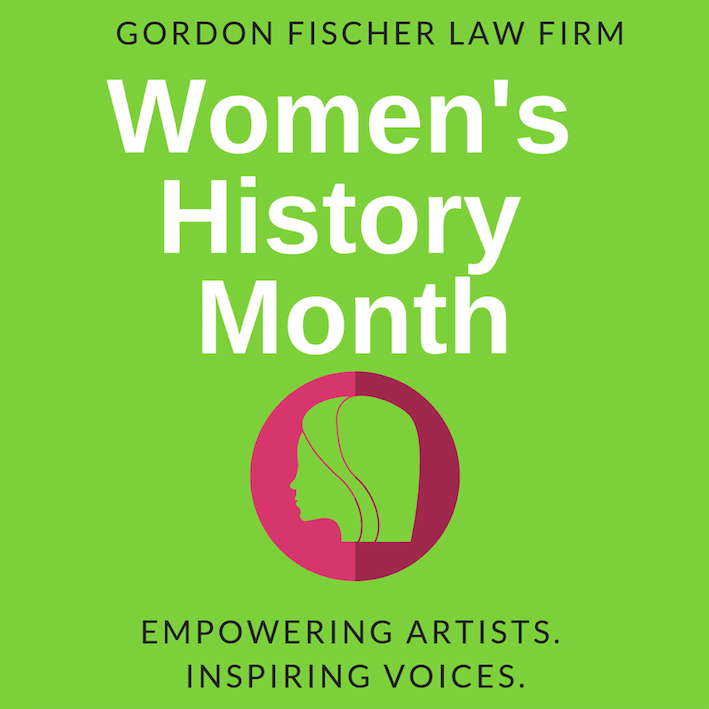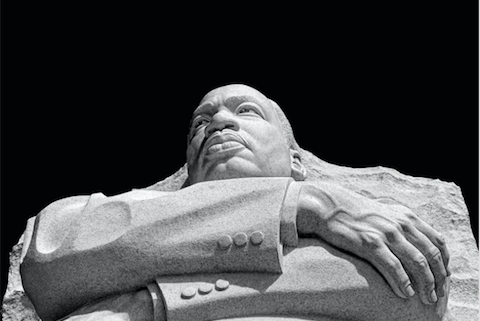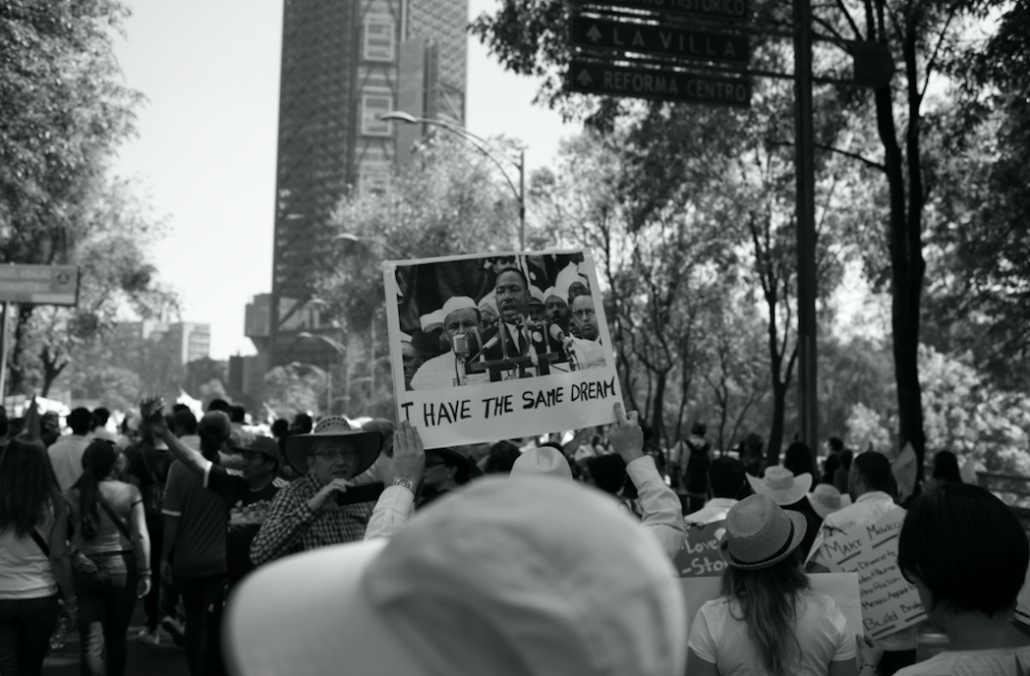A nonprofit is obligated, just like any other employer, to conduct an investigation when nonprofit management knows or has reason to know, that an employee is being subjected to discrimination, harassment, or other unlawful conduct in the workplace. That is true even if the complainant never submits a formal written complaint and no witnesses provide written statements. For today, let’s focus on sexual harassment and what steps nonprofits should take to make certain that allegations are handled seriously and followed-up on thoroughly.
What is Sexual Harassment?
The Equal Employment Opportunity Commission (EEOC) defines sexual harassment to include unwelcome sexual advances, requests for sexual favors, and other verbal or physical harassment of a sexual nature. It also can include offensive remarks about a person’s gender. Both the victim and the harasser can be either a woman or a man, and the victim and harasser can be the same sex. The harasser can be the victim’s supervisor, a manager in another area, a co-worker, or even someone who is not an employee, such as a board member, volunteer, donor, or vendor.
Sexual harassment is considered illegal when it is so frequent or severe that it creates a hostile work environment and/or adversely affects the victim’s job, such as being fired or demoted. Iowa courts and administrative agencies ask, “would a reasonable person find the conduct offensive?”
What Should a Nonprofit Organization Do When They Receive a Complaint?
A. A thorough and complete investigation
All sexual harassment allegations should, indeed must be investigated. If an organization refuses to investigate, it can obviously be later accused of not taking complaints seriously. A superficial investigation could also send the message to employees that the organization doesn’t care, or is more concerned about protecting a person in power.
B. Contact your insurer
The nonprofit should contact, just as soon as possible, their insurance carrier (all nonprofits at a minimum should carry directors’ and officers’ liability insurance), to provide the insurer “notice of a potential claim.” If the nonprofit does not provide the insurance company with notice, the insurance company won’t have the opportunity to mitigate or address a potential claim. As a result, the insurance company may well have grounds to refuse to cover any resulting liability. Keep in mind too the insurance carrier will usually have an incentive to assist the nonprofit in avoiding legal liability and may offer resources and expertise, potentially even advice of legal counsel.
C. The investigation
The first step to beginning the investigation is to make a plan and determine the scope of the investigation. Questions to ask and answer: Who will investigate? What evidence needs to be collected? What are the main questions the investigator wants to ask? Who will be interviewed? To protect the integrity of the investigation and the credibility of the process, an organization may
want to bring in an outside, independent investigator.
D. Stay neutral
It is very important to stay neutral throughout the process and focus on the alleged conduct, remembering that harassment is subjective. I cannot emphasize enough that the organization should conduct a thorough investigation. Basic steps include preparing interview questions in advance; gathering evidence that might support or negate the complaint like text messages, voicemails, emails, photos, timecards, business expense reports, and social media posts; check past performance evaluations and prior complaints about the accuser and the accused; document every step; and encourage confidentiality, although never make confidentiality mandatory nor “absolutely guarantee” confidentiality.
E. Decision in written report
After an investigation is conducted, the organization will need to weigh the evidence and make a decision. Here the appropriate standard is what’s known as “preponderance of the evidence.” This is otherwise though of is it more likely than not that the incident occurred?
Then the organization should write a report. If the allegations by the accuser are supported, the employer should take immediate and appropriate corrective action. The EEOC recommends that the written report document the investigation process, findings, recommendation, and any disciplinary action imposed as well as any corrective or preventative action. After the nonprofit has submitted the report to the decision-maker and determined the appropriate action, it should follow up with the parties. The organization should tell the person who filed the complaint that appropriate action was taken, even if it can’t share all the details for privacy reasons.
F. NO Retaliation
After an investigation is complete and action is taken, it is very important is to check back with the employee regularly to ensure that no further harassment or retaliation has occurred. It is essential to explain to the victim that the nonprofit will not retaliate, and indeed will protect the victim from retaliation. It is also essential for all involved to understand (especially the alleged harasser) that retaliation is a separate and equally serious violation of the nonprofit’s policies, whether or not the underlying harassment did in fact occur.
G. No retaliation against third parties, such as witnesses
Prohibited retaliation can take place against anyone involved in the investigation, not just the accuser. It can take the form of leaving someone out of activities or decision-making that the person would normally participate in or be as direct as refusing to provide a requested accommodation or terminating employment. It can even be unintentional! A too-common example is moving an individual’s office thinking that by moving the office the employer is “protecting” the alleged victim.
H. Retaliation is the most common mistake
Retaliation for filing a complaint of sexual harassment is the most common mistake employers make in connection with their response to a complaint of sexual harassment. Again, for emphasis: do not retaliate against any employee or independent contractor who participates in the investigation.
Keep Protection Top of Mind
Remember: protecting the harassed employee is exactly the same as protecting the nonprofit. In sexual harassment situations, the best way that the board and executive director can protect the nonprofit is to make sure they find out what’s really going on, and if necessary, punish and remove harassers from the workforce. So, protecting employees is really protecting the nonprofit.
What questions or concerns do you have on this topic? What is your nonprofit doing currently in regards to potential situations such as this? Is it time to make a change or implement quality policies and procedures? Please do not hesitate to contact me via email (gordon@gordonfischerlawfirm.com) or on my cell phone (515-371-6077).










